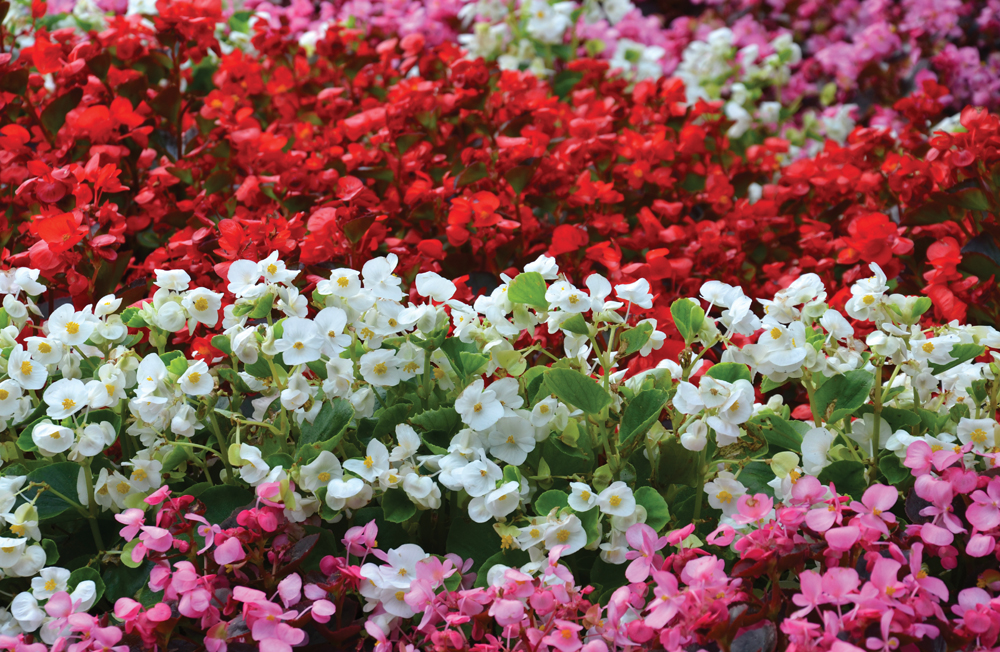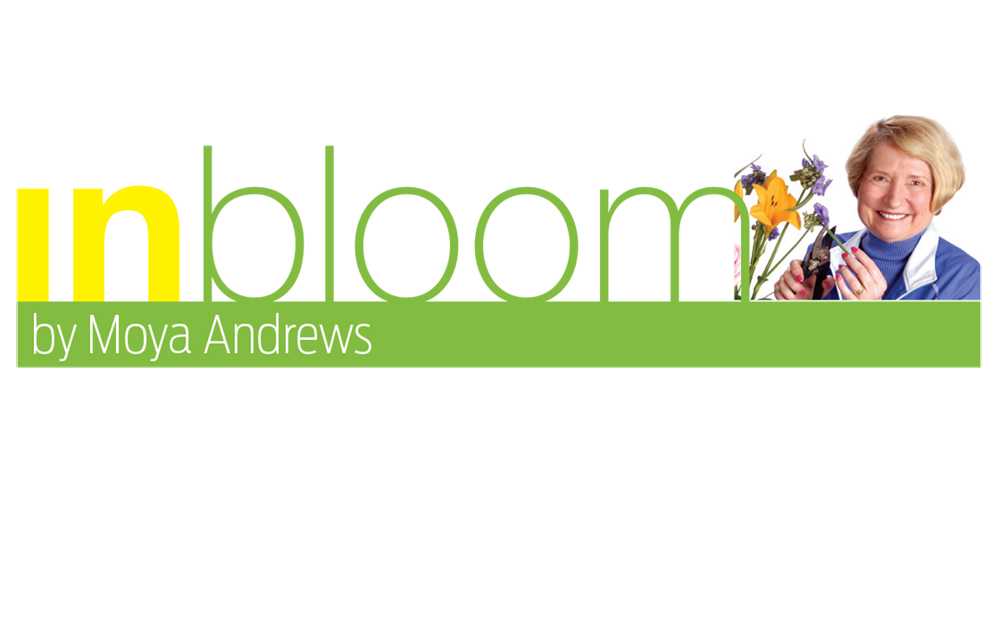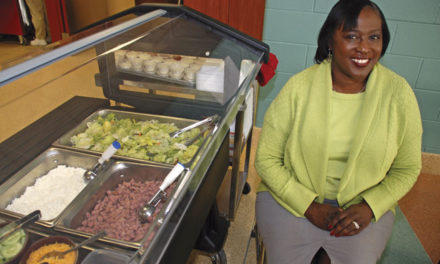
Begonias. Photo by iStock.com/Fotofreak75
Begonias are a diverse family of 1,500 plant species native to tropical and subtropical regions of all continents except Australia. Of course, most are not hardy here in Indiana, so we grow them mainly as annuals or house plants. Begonias have many assets, including both foliage and flower appeal, often on the same plant.
 There are so many species of Begonia that it is easy to find one to love. The next time you are on the Indiana University campus, stop and admire the tiered container plantings of ‘Dragon Wing’ Begonia at the IU Auditorium. The shiny, green, wing-shaped leaves and prolific flowers result from crossing the ‘Angel Wing’ Begonia, which is a popular houseplant, with the annual wax Begonias that are often used as bedding plants. IU landscape experts enjoy using these Begonias because they stand up well to Indiana summers and are not quite as thirsty as most other annuals.
There are so many species of Begonia that it is easy to find one to love. The next time you are on the Indiana University campus, stop and admire the tiered container plantings of ‘Dragon Wing’ Begonia at the IU Auditorium. The shiny, green, wing-shaped leaves and prolific flowers result from crossing the ‘Angel Wing’ Begonia, which is a popular houseplant, with the annual wax Begonias that are often used as bedding plants. IU landscape experts enjoy using these Begonias because they stand up well to Indiana summers and are not quite as thirsty as most other annuals.
There are Begonias to suit all preferences. Some species are just a few inches tall. In tropical regions, some grow into 10-foot shrubs. Species and cultivars are categorized according to root system, e.g. fibrous, rhizomatous, or tuberous. Some are cane-stemmed, erect plants that grow on fibrous roots. The rhizomatous varieties are often grown in cold climates as houseplants because of their colorful, variegated foliage. Tuberous plants are those that die back in winter after they have produced their beautiful, showy summer blooms. The tubers can be stored (dry) over the winter. Other types of Begonias can be propagated from stem cuttings or by division of rhizomes. Pinch back young plants with branching in order to keep them compact and to stimulate flowers.
My favorite plant this time of the year is the perennial ‘Evansiana’ hardy Begonia, which grows well in partial shade in Bloomington gardens. It is a 2-foot plant with green, wing-shaped leaves that are red on the reverse side. Clusters of pink flowers appear in August and September. Another attribute is that male and female flowers are produced separately on the same plant, with the female flowers having a swollen winged seed directly behind the petals. Mine self-seed in a restrained way and have claimed a number of spots in my garden as well as my heart. It is too late to start Begonias this year, so be sure to order some to plant next spring and let them work their magic on you.












